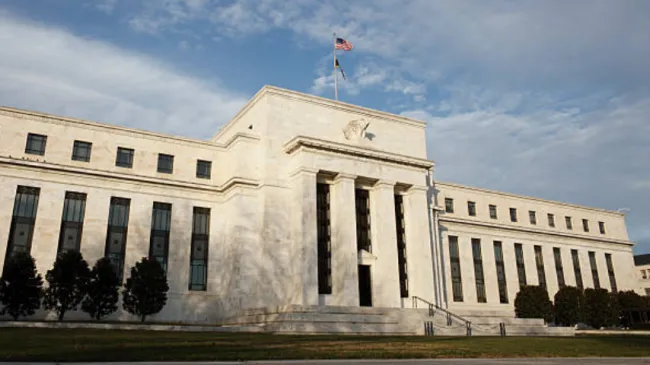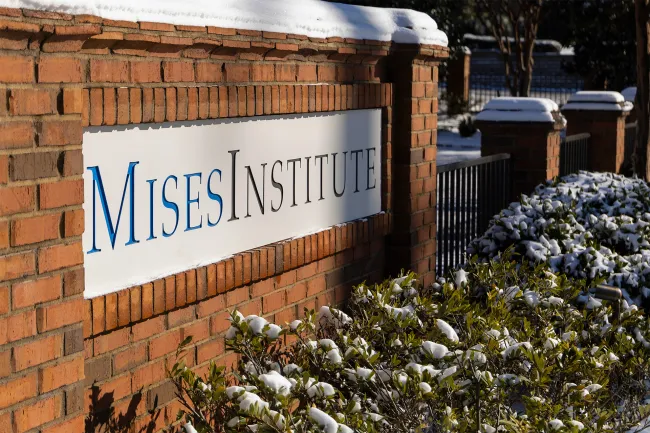Bring on the Binge?
It is sad that, even though Keynesian economics has been discredited time and again, we still hear the pundits declare that consumers cause recessions- and prosperity- simply by choosing to spend or not to spend. The "heroic consumer" who spends and spends in the face of adversity needs to be put to rest.









